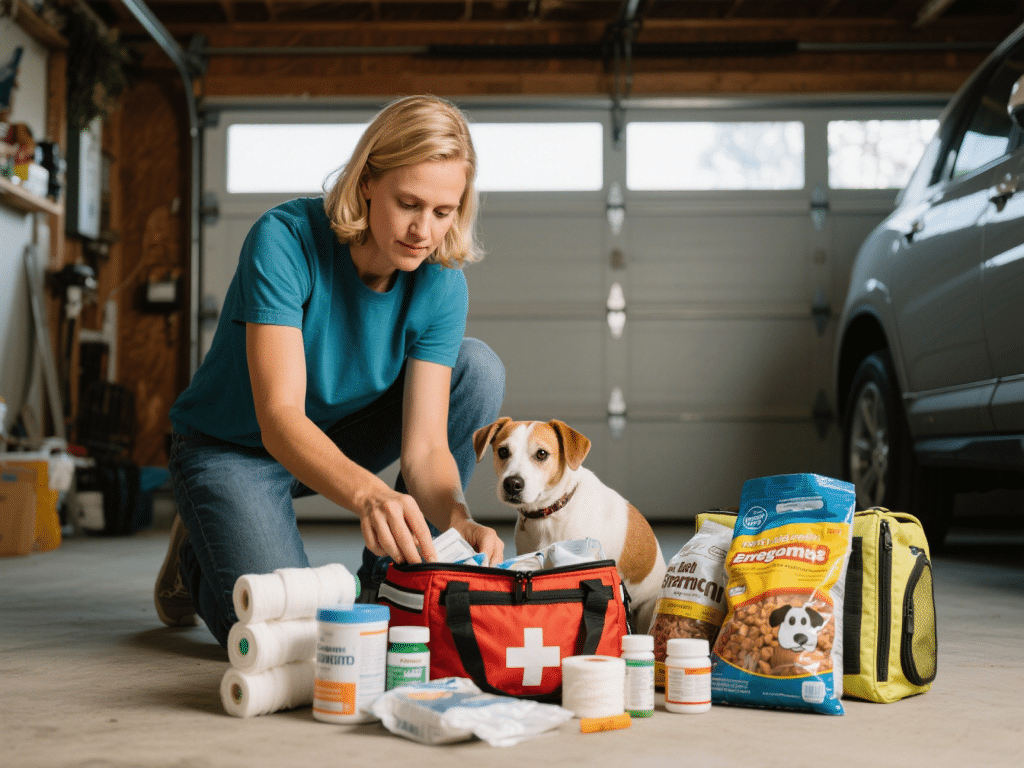Introduction
Just as humans adjust diets according to seasonal produce and activity levels, cats and dogs benefit from tailored nutrition throughout the year. Seasonal changes in temperature, activity, and metabolism can affect your pet’s caloric needs, hydration, and nutrient requirements. This guide explores how to modify feeding plans for cats and dogs across spring, summer, fall, and winter for optimal health.
Spring: Renewed Activity and Shedding
Metabolic Considerations: As temperatures rise, pets become more active after a winter-lull. Increased energy expenditure may warrant a slight caloric increase for working and outdoor dogs.
Dietary Adjustments:
Lean Proteins: Include easily digestible proteins like chicken or turkey to support muscle repair after renewed activity.
Fresh Vegetables: Incorporate spring produce (e.g., peas, carrots) for fiber and vitamins.
Omega-3 Fatty Acids: Help reduce inflammation and support coat health during shedding.
Hydration Tips: Encourage water consumption by adding low-sodium broth or hydrating wet food. Monitor water bowl levels, especially in multi-pet households.
Summer: Heat Management and Hydration
Heat Stress Concerns: High temperatures can lead to dehydration and reduced appetite.
Dietary Adjustments:
Moisture-Rich Foods: Offer wet food or add water to dry kibble to boost hydration.
Light, Digestible Meals: Switch to smaller, more frequent meals featuring lean proteins and easily digestible grains (e.g., rice).
Electrolyte Support: Consider veterinarian-approved electrolyte supplements for active dogs to replace lost minerals during exercise.
Preventing Overheating During Meals: Provide meals in a cool, shaded area. Avoid feeding immediately after strenuous activity.
Fall: Preparing for Colder Weather
Metabolic Shifts: As temperatures begin to drop, some pets may require increased calories to maintain body temperature, especially long-haired or outdoor dogs.
Dietary Adjustments:
Complex Carbohydrates: Introduce sweet potatoes or pumpkin for sustained energy and fiber.
Healthy Fats: Add fish oil or flaxseed oil to support skin and coat as humidity decreases.
Seasonal Veggies: Serve roasted squash or green beans as low-calorie snacks.
Weight Management: Monitor body condition as activity levels may fluctuate. Adjust portion sizes if weight gain is detected.
Winter: Cold Weather and Energy Needs
Increased Caloric Demand: Dogs that spend significant time outdoors may need up to 20% more calories. Indoor pets with less activity may need the same or fewer.
Dietary Adjustments:
Calorie-Dense Foods: Choose kibble formulated for active or working dogs to supply extra energy.
Warm Meals: Serve slightly warmed wet food or homemade stews (chicken, brown rice, peas) to encourage eating and provide comfort.
Vitamin D and Calcium: If sun exposure is limited, discuss supplementation with your veterinarian to support bone health.
Monitoring Weight and Coat Condition: Check for dry skin or dull coat. Introduce omega-6 fatty acids (e.g., evening primrose oil) if skin issues arise.
Cross-Seasonal Considerations
Senior Pets: Aging cats and dogs may have reduced digestive efficiency year-round. Offer senior formulas with higher fiber and joint-support nutrients.
Special Health Conditions: Pets with diabetes, kidney disease, or allergies require veterinary guidance to adjust diets irrespective of season.
Hydration Monitoring: Provide fresh water continuously; consider multiple water bowls to encourage drinking.
Practical Tips for Owners
Gradual Transitions: When changing diets or introducing new seasonal ingredients, transition over 7–10 days to prevent gastrointestinal upset.
Portion Control: Use a measuring cup to ensure consistency; track weight monthly.
Rotate Protein Sources: To prevent food sensitivities, rotate between proteins (e.g., chicken, lamb, fish) every few months.
Incorporate Seasonal Treats: Use pumpkin puree in fall or cucumber slices in summer as low-calorie snacks.
Consult Your Veterinarian: Before major diet changes or if you notice weight loss, gain, or coat issues.
Conclusion
Adapting your cat’s and dog’s nutrition by season promotes optimal energy levels, weight management, and overall health. By offering balanced meals tailored to temperature, activity, and life stage, you support longevity and quality of life year-round. Monitor your pet’s body condition, hydration status, and coat quality, and adjust feeding plans proactively based on seasonal needs.










Comments on " Seasonal Pet Nutrition: Adjusting Diets for Cats and Dogs in Every Season" :